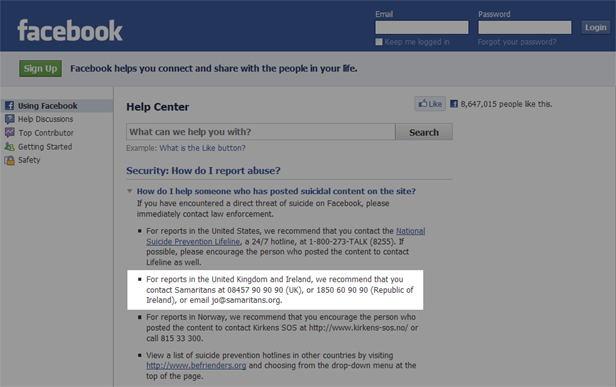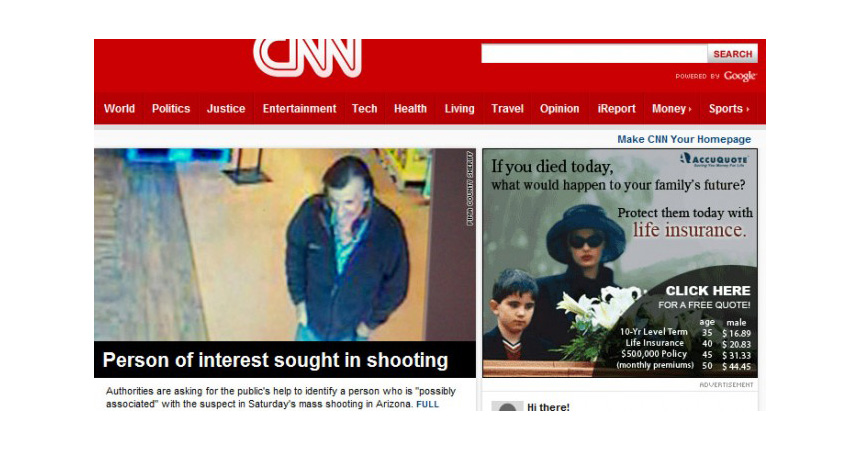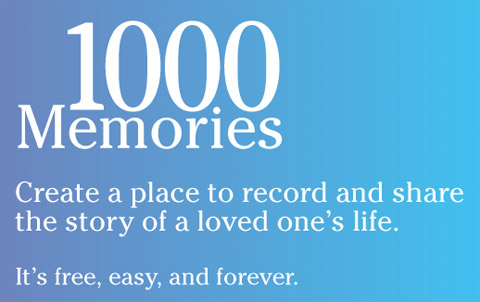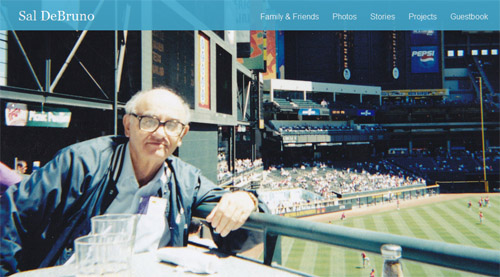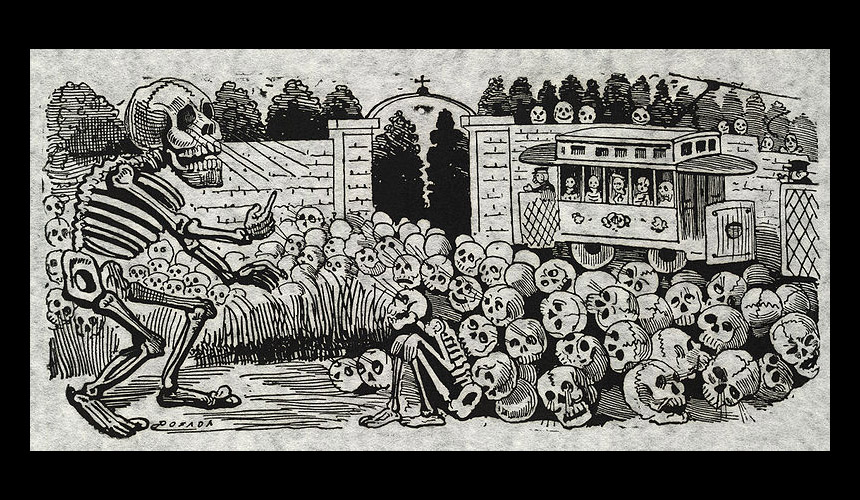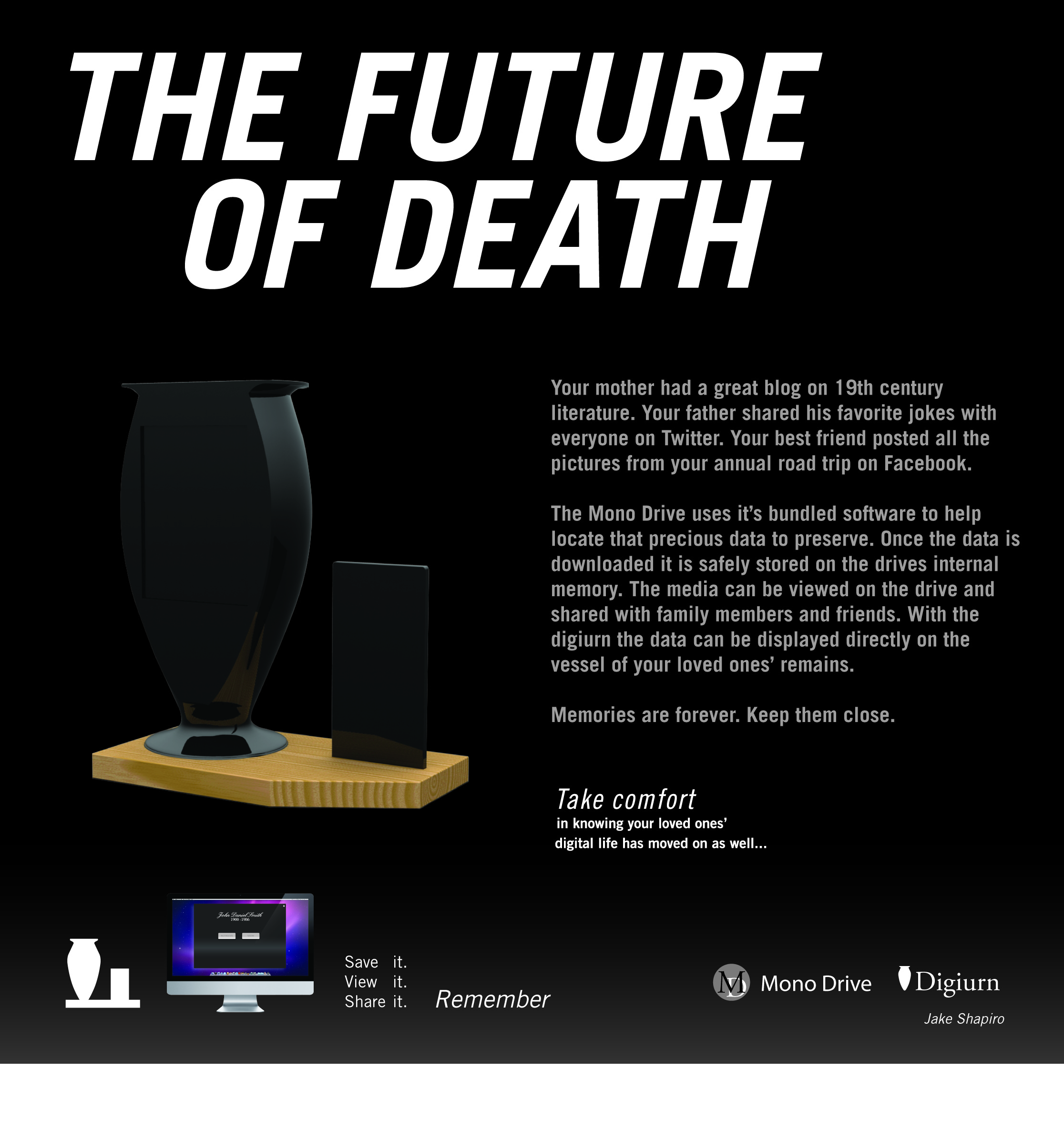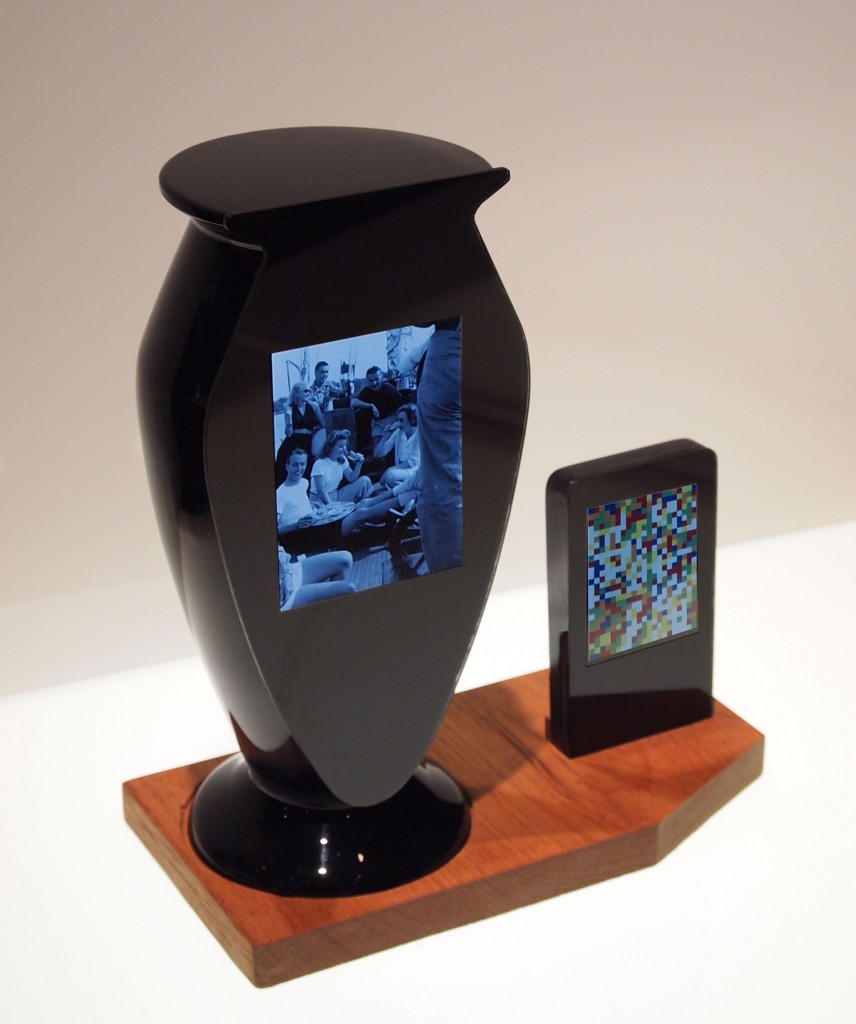A Victim, Her Picture and Facebook
Jim Dwyer, The New York Times (March 29, 2011)

An instant was all it took to post the photo.
The photo I am referring to is the one taken by Mark Musarella. In March of 2009, Musarella—a then retired police officer and EMT from Staten Island, NY—snapped a photo of the beaten and strangled body of Caroline Wimmer in her apartment and posted it to his Facebook page. While the photo was taken down fairly quickly, the implications—legal, sociological and moral—are still being sorted out to this day.
While Musarella’s motivations for taking the photo are unclear, his instantaneous ability to share it make it profoundly clear the frightening speed at which lives can be changed forever. Posting the photo to Facebook—even for the short time it was up—allowed the perpetrator, even unintentionally—to re-victimize a family still grieving for their murdered daughter.
The New York Times ran a story this past week about the crime and the Wimmer family’s attempt to sue Facebook to get the gruesome picture back or have it destroyed. In Facebook’s vernacular, the photo is considered “intellectual property”, although a Facebook spokesperson now claims that the photo was removed long ago with no other copies remaining on any of its servers.
But I wonder about that. Here’s a 2009 article from PC World about Facebook’s track record with user’s deleted photos and a more recent article via Arstechnica.com revealing a 16 month or more lag time. Facebook says it is “working with” its CDN [content delivery network] partner to “significantly reduce the amount of time that backup copies persist.” This is obviously of little comfort to the Wimmer family and precisely why, I imagine, they are suing.
More and more, society is grappling with issues around death and dying in a technological age. Crissy Chriscitiello, Caroline Wimmer’s sister, was quoted in the NY Times as saying, “Everyone is all about technology. “What about morals?” We here at Death Ref have been posting about the intersection of death and the digital life for a while. Take a look at our “death + technology” or “death + the web” categories to view past posts. This June, the Centre for Death & Society (Bath, U.K.) will host a conference titled “Death & Dying in the Digital Age”—at which our very own Dr. John Troyer will present. It will be an engaging conference—hope you can make it.
